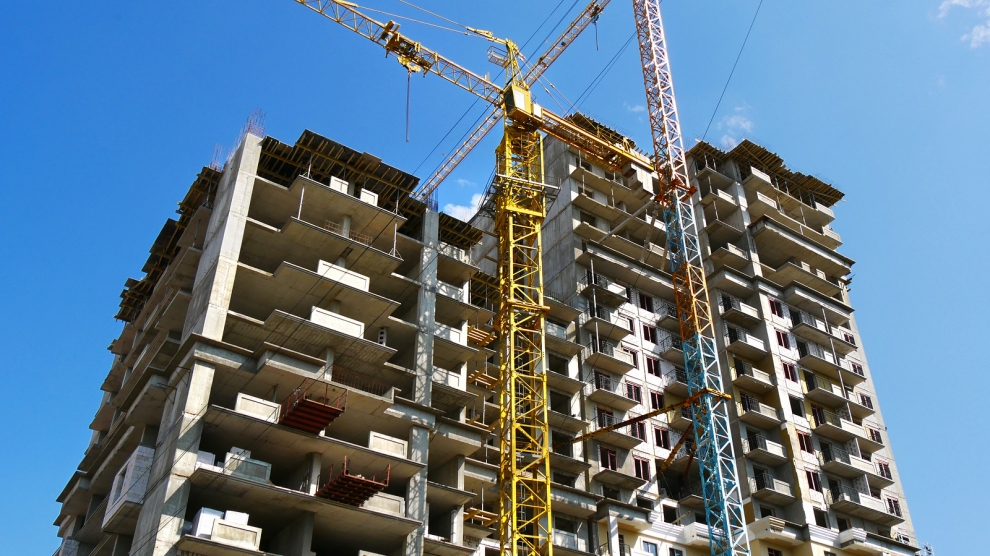Optimism still prevails in much of the emerging Europe construction industry. According to a new report from the Eastern European Construction Forecasting Association (EECFA), while for the region as a whole forecasts have been adjusted slightly downwards, the situation is brighter at country level, the Western Balkans in particular.
In Bulgaria, construction output is speeding up with an expected growth of 7.4 per cent in 2018. Residential construction continues to expand on the back of increases in economic activity and real disposable income, and historically low interest rates on housing loans. Additionally, the non-residential segment is also predicted to grow driven mainly by office and industrial constructions. Civil engineering construction has continued its recovery path in 2018, while the planned start of long-awaited infrastructure projects funded by the EU in 2019 and 2020 will add more fuel to the segment. Therefore, total construction output is forecasted to increase steadily by seven per cent in 2019 and 6.4 per cent in 2020.
Construction activity in Romania is estimated to have grown by 5.9 per cent in 2018, slightly lower than previous estimates. Residential construction is a major contributor to present and future growth, but there are signs of deceleration due to the threats of oversupply, increased labour costs and more expensive mortgages. Non-residential construction should also continue to expand in the forecast horizon; but growth in the longer run will be capped by the limited available workforce and higher labour costs. After a two-digit decline in 2016 and 2017, civil engineering is predicted to pick up speed by the end of the forecast period. “Prospects for the Romanian construction market by 2020 continue to be positive, even if slightly less optimistic than before,” reads the EECFA report.
Construction output in Serbia has been expanding in a very strong cycle supported by increased investments in both the public and private spheres. Booming growth has been recorded in residential construction, but non-residential segments are also riding the wave, with retail being the star performer. The number of building permits is breaking all-time records across all sub-sectors, promising a strong recovery with double-digit growth. Civil-engineering is also accelerating, with large-scale projects in the road, railway and energy segments expected to fuel a sustained growth beyond 2020.
Meanwhile, the Slovenian construction industry grew rapidly in 2017 and will likely continue its strong rebound from the stagnation it experienced between 2011 and 2016. In 2019, total construction output should reach three billion euros for the first time since 2010. Strong economic growth is fuelling both private and public investment in construction. With continued growth forecast in 2019 and 2020, construction should continue to expand and there is strong upside potential if some long-delayed large civil engineering projects finally get underway.







Add Comment